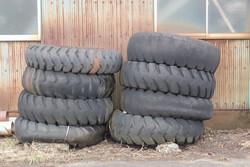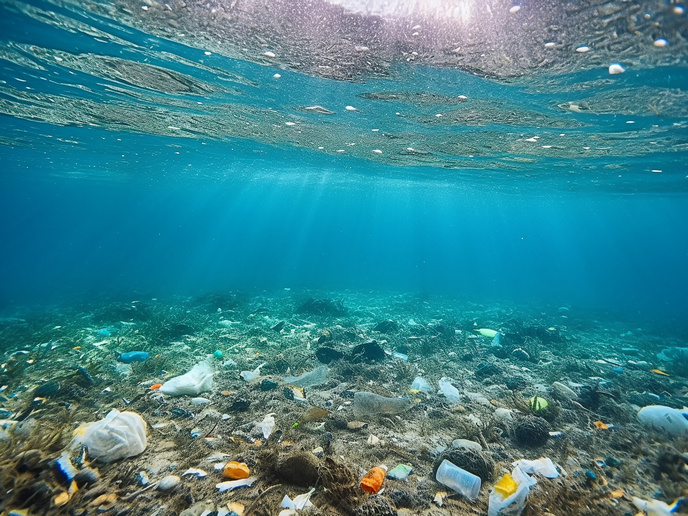Innovative recycling targets tyres
Vehicle tyres represent a great source of pollution and contribute to mostly illegal landfills that tend to be near urban areas. However, old tyres also represent an opportunity if properly recycled, as they can yield high-value rubber products. The EU-funded SMART (Sustainable Moulding of Articles from Recycled Tyres) worked on developing quality rubber products from recycling used tyres. It conceived an innovative approach to grind tires in order to make products for sports, transport and industry sectors, without adding new rubber or binders to the mix. To achieve its aims the project team first outlined the relevant industrial requirements and performance properties. It then designed a special moulding machine and process which it tested on manufacturing different products in the sectors concerned. These include rubber tiles for the sports and leisure sector, puzzle-shape tiles made by water-jet cutting, anti-vibration tiles with interlocking edges for industrial use, and kerbside material for streets. In more detail, creating the moulds involved establishing exact specifications for the compression moulding machine and compression process. This required successfully adapting and tailoring the mechanics, electronics and control system of a commercial plate drawing machine. Manufacturing the new rubber products using the new technology led to better and stronger products than their conventional counterparts. As a case study, the tiling products produced demonstrated superiority in terms of cost and energy consumption. This is enhanced by the fact that the SMART process skips the phase of adding and mixing further rubber and binders to create the final product. What is more, the tiling application showed that interlocking features can be achieved both through moulding and through water-jet cutting. This adds more functionality to create product pieces that fit together in a number of future applications. The project’s innovative approach that saves on cost, time and energy while considering the environment from many angles is destined to contribute to more sustainable industrial processes. It will also lead to better and greener products on the market.







